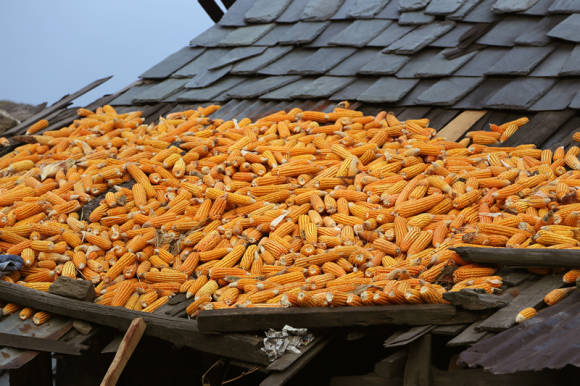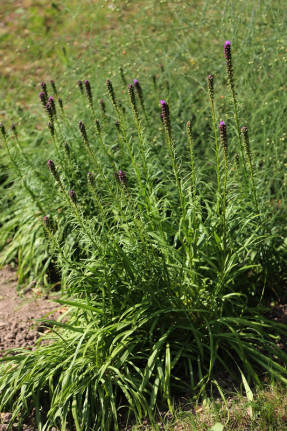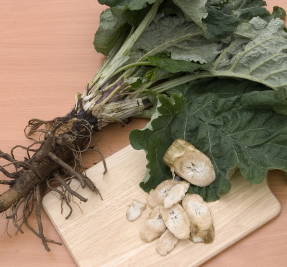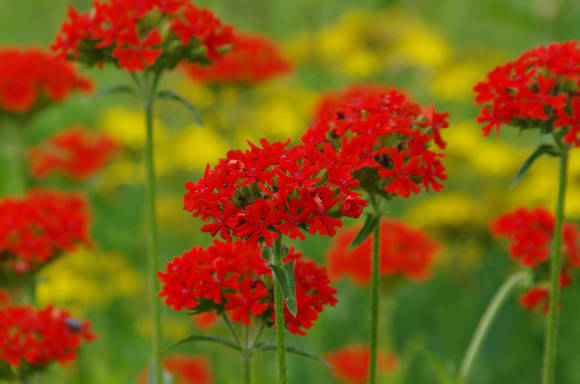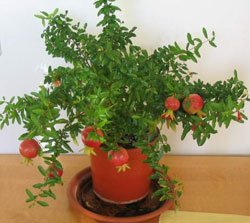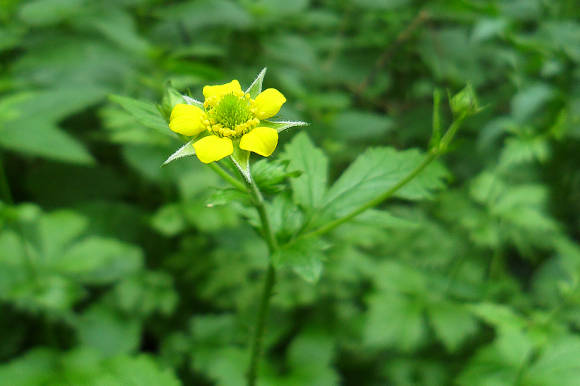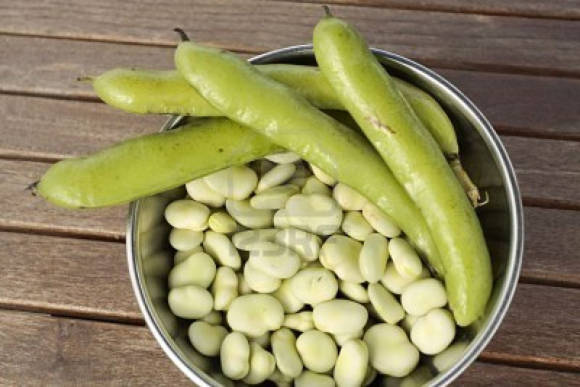In our time, not a single housewife can do without a clove of garlic, in this regard, literally in every vegetable garden, a small garden bed is allotted for garlic, but somewhere quite solid in size.
In spring, garlic sprouts quickly appear above the soil surface, and the plants begin to actively develop, but often after this, you can see how the delicate leaves suddenly turn yellow. What to do and how to get rid of this misfortune?
Let's start with the main reasons for the yellowing of the leaf blades, there may be several of them:
- the first reason is erroneous leaving work;
- the second - untimely planting of winter garlic;
- and the third is infection with diseases or damage by pests.
 |  |  |
Planting and caring for garlic plants, how is it right?
We all know that garlic can be planted during the spring and fall. It is noticed that it is the garlic planted in the fall that usually turns yellow. This often happens because the landing dates are incorrectly calculated. So, for example, in central Russia, cloves are best planted in October, and in the south - in November. In the event that garlic is planted earlier than the optimal period, it will begin to grow and form leaf blades before the snow covers the soil, and they freeze. As a result, in the spring, or a little later, such leaves will freeze, this will lead to a noticeable decrease in yield, sometimes up to 50%.
In addition, in years with very cold winters, yellowing of the leaves of garlic is also often observed. This is because the chives are not planted deep enough.
Spring frosts can also cause the garlic leaves to turn yellow. Such frosts can occur both in May, they usually coincide with the flowering of bird cherry, and later.
Another reason for the yellowing of garlic leaves is a lack of moisture in the soil or, on the contrary, an excess of it. In addition, with an excessive application of nitrogen to the soil, yellowing of the leaves of garlic is also observed.
In addition to excessive doses of nitrogen fertilizers, potassium deficiency in plants often causes yellowing of garlic leaves. In view of this, the leaves, in addition to yellowing, can begin and fade, because the roots suffer, and the garlic practically stops developing.
It is quite simple to understand that it is potassium that is lacking in garlic, it is enough to take a closer look at the leaf blades - if the edge of the leaf is literally burned along the edge, then this with a high degree of probability means that it is precisely potassium that is lacking in garlic.
Acidic soils are another reason that the leaf blades of garlic turn yellow, in which case the soil needs to be limed by adding 200 grams of dolomite flour per square meter.
Diseases that cause yellowing of garlic leaves

There are quite a few such diseases, for example, white rot, it causes rotting of the bulbs and yellowing of all leaf blades. The disease spreads most actively when there is no rain, and there is a lack of nitrogen in the soil. It is interesting that white rot can be in the ground for up to 30 years, therefore, if garlic is affected by this particular disease, then it should not be planted in this area in the future.
Basal rot Is another fungal disease, which, however, affects only overly weakened plants. This disease is similar to white rot, but the plants affected by it die after a long period of time, and not immediately, as with white rot.
Causes softening of the bulbs and yellowing of the leaf blades and black mold... When it appears, a black coating resembling dust can be seen between the scales. Usually, the disease manifests itself with sharp fluctuations in day and night temperatures.
Another fungal disease - fusarium... This disease develops intensively if the soil is excessively wet. When the disease affects garlic, its leaf blades turn yellow, and brown streaks appear on the stems.
Downy mildew, also a fungal disease, which manifests itself as actively as possible in rainy and cool weather. In the place where the garlic was sick with downy mildew, it is not worth planting it for the next several years. The disease causes the appearance of fluffy spots, similar to dew drops, on the leaf blades of garlic. After just a couple of days, these spots turn yellow and then black.
Rust - the disease is actively spreading when it is cool and often rains. The first symptoms of the disease can be seen on the leaf blades in the form of a yellow bloom, later the leaves acquire an orange tint.
 |  |
These diseases, as with any fungal infections, must be fought with the help of fungicides, for example, such as Thanos, Kurzat R, Revus KS, Cuprolux, Consento, Profit Gold and the like, strictly observing the terms and dosage indicated on the drug packaging.
Pests that cause yellowing of garlic leaves
A very dangerous pest of garlic is stem nematode - It can be extremely difficult to completely get rid of filamentous worms that reach only 1.5 mm in length. The nematode reproduces most actively in soil with excess moisture and when it is hot. A sign of a nematode attack on garlic is light stripes on the leaf blades, then the entire aerial part of the garlic turns yellow. At the same time, garlic bulbs also loosen and acquire a foul smell of rotting. You can find nematodes at the bottom of the bulb affected by them, it is easier to detect them using a magnifying glass. In the place where the nematode started, not only garlic, but also other vegetable crops, it is better not to grow for five years, all this time, mint, calendula or marigolds should be grown on the site.
A very dangerous pest is onion fly, or rather its larvae, which hatch from eggs laid by a fly. The larvae actively eat the leaves, they turn yellow, and often the plant becomes so weak because of this that it dies. You can get rid of the pest of garlic if the garlic beds are planted with carrots around the perimeter, its aroma will scare off the onion fly.
Tobacco thrips - this insect, like aphids, sucks and feeds on garlic juice. As a result of this attack, the garlic leaves turn yellow and dry out. The initial sign of thrips appearance is white specks on the leaves.
 |  |
For pest control, permitted insecticides are used, strictly observing the terms and dosage indicated on the package, you can use insecticides such as Fufanon-Nova, Taran, Confidor Extra and the like.
How to prevent yellowing of garlic leaves
- The most important thing is the correct planting, at the optimal time, and the seeding of garlic cloves to a depth of about 6 cm.
- To increase the immunity of garlic, it can be treated with safe growth stimulants - Zircon, Epin, Eco-gel.
- Never flood the area, water the soil sparingly and only when there is no natural moisture in the form of rain.
- If the soil is acidic, then it must be limed or dolomite flour must be added.
- Try to provide plants with important elements - nitrogen, phosphorus and potassium. Fertilizers can be applied in the form of nitroammophoska in the spring - a tablespoon per square meter - and in the fall in the form of potassium sulfate and superphosphate, a teaspoon per square meter.
- If there is little potassium in the soil and its shortage needs to be quickly eliminated, then prepare an aqueous solution of potassium sulfate by dissolving 20 g of fertilizer in a bucket of water. This amount is enough for a square meter of soil used for garlic.
- In a critical situation, you can even prepare a foliar dressing by dissolving a teaspoon of potassium sulfate in a liter of water and sprinkling the plants with this solution from a spray bottle, trying to moisten the entire above-ground mass. You can also use an aqueous solution of wood ash, for which you need to dissolve 1 kg of wood ash in a bucket of hot water (60 ° C) and let it stand for three days, then strain and process the plants.
- Do not forget about the prevention of diseases, so, the soil before planting garlic can be treated with the above fungicides, strictly following the instructions on the package. Garlic cloves can be placed in Fitosporin solution for a quarter of an hour, and then, without washing with water, put on the site.
- Also, keep in mind a simple yet important crop rotation.
Illustrations: Berndt Böhmer, Walter Wohanka. "Illustrated Atlas on Protection from Diseases and Pests" - Publishing House "Content".
